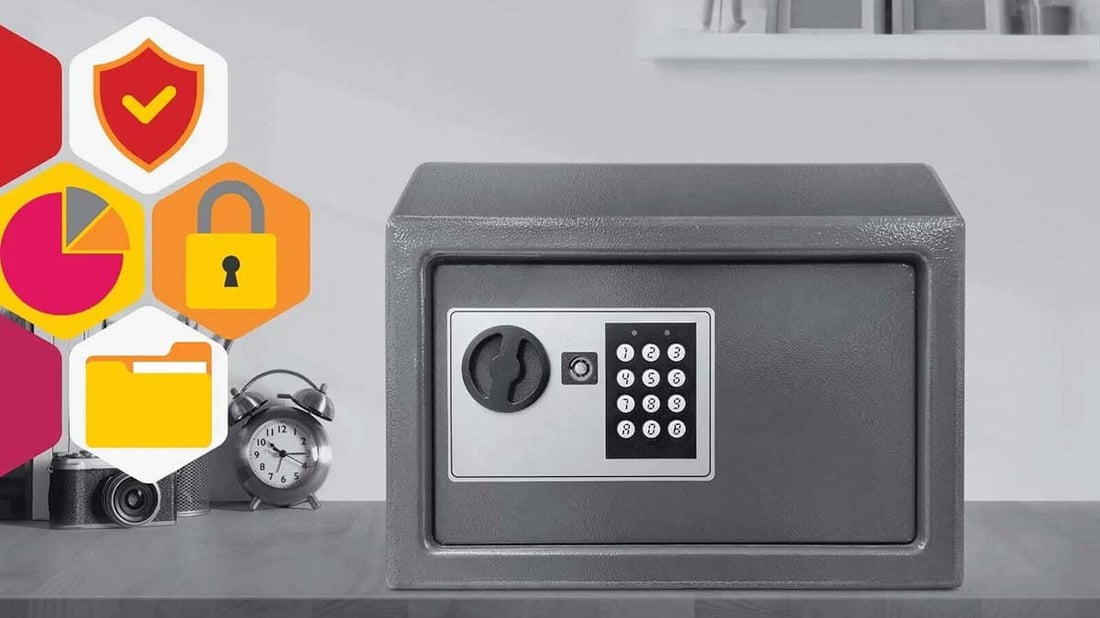The 9 Golden Rules to Keep Your Passwords Safe and Secure
In our fast-paced digital world, where passwords guard everything from your bank account to your cat’s Instagram profile, ensuring their security is...
For decades, cybersecurity was built on predictable patterns: define the rules, teach the rules, enforce the rules. Firewalls blocked known threats, training modules told users what to look for, and detection systems operated on signatures and scenarios we could imagine. It wasn’t perfect, but it worked—most of the time.
Then came AI. And with it, the game changed.
We’re no longer defending against static attacks with repeatable signatures. We’re facing adversaries who adapt, improvise, and automate. AI can write spear phishing emails that perfectly mimic internal language. It can impersonate colleagues in real time using deepfake audio or video. It can manipulate text, tone, and timing to exploit trust with unprecedented precision.
In short: the traditional playbook didn’t anticipate this. And it doesn’t stand a chance.
Consider the controls most security leaders still rely on:
Rule-based detection (e.g., email filters)
Phishing simulations designed around outdated templates
Static LMS training refreshed once a year
SIEM alerts tuned for yesterday's tactics
These methods assume a known threat landscape and a mostly static set of user behaviors.
AI obliterates that assumption.
Adversaries can now iterate on attacks faster than your team can update a policy. They can generate thousands of novel phishing messages, test them across platforms, and tune the most successful variants in minutes. Internally, the challenge is just as dire. Employees are adopting AI tools without fully understanding the risk—inputting sensitive data into public LLMs, generating confidential content, or misclassifying protected information. Data loss prevention (DLP) tools weren’t designed to handle dynamic prompts and generative misuse. Even the well-intentioned use of AI at work can lead to significant internal breaches, compliance failures, and brand-damaging leaks. The line between user productivity and risk exposure has never been thinner—or harder to manage.
The result? Your users are on the front lines of a war you didn’t see coming, armed with yesterday’s defense tools.
![]()
The most dangerous AI-enabled attacks don’t just move faster. They are more personal, more persuasive, and more embedded in our communication and collaboration tools. That means your people are not just targets. They are vectors—emotionally primed, cognitively overloaded, and constantly navigating complex systems that attackers have learned to exploit. In a world where the new perimeter is psychological, human factors are now the frontline of defense. Our trust, attention, fatigue, and habits have become the exploit surface. And unless we evolve the way we measure, train, and design around those very real attributes, the system will continue to fail us.
At the same time, the internal human risk landscape is evolving in complexity. Companies are racing to reskill their workforce, integrate AI into operations, and innovate with newfound velocity—but too often without the cultural guardrails or behavioral foundations to keep the car on the track. There’s a widening gap between the pace of AI adoption and the maturity of internal risk mitigation strategies. Without aligning workforce enablement, culture, and security policy, organizations risk empowering their teams with powerful tools but failing to prepare them for the ethical, operational, and security challenges AI introduces.
We need to rethink how we train, test, and trust. Training must evolve beyond "spot the phishing email." We need:
Real-time, context-aware microtraining
Behavior-based detection at the human level
Systems that factor in fatigue, urgency, and risk context
Just as importantly, we must stop treating humans as failures-in-waiting. The HumanOS must be patched, not punished. Resilience isn’t built through blame. It’s engineered through intelligent, adaptive systems.
The future belongs to adaptive systems that learn, reflect, and respond dynamically. That includes your human systems. Your playbook must now consider:
How trust is established, weaponized, or eroded
Where identity is being manipulated by AI
Which cognitive and emotional signals drive action or error
Old models trained people to memorize red flags. New models must equip them to think, question, and act in uncertain, fast-moving contexts.
This is no longer just a security awareness issue. It’s a human systems engineering problem—one of deep complexity and shifting variables. The way we interact with AI, the internal controls (or lack thereof) around its use, and the pressures of rapid innovation have created a multidimensional risk environment. If you want to understand what the future of human risk and resilience looks like, get in touch. This is one of the most pressing strategic gaps in enterprise cybersecurity today.

In our fast-paced digital world, where passwords guard everything from your bank account to your cat’s Instagram profile, ensuring their security is...
3 min read

This is a quick deep dive into one of the NCSC cyber security culture principles, designed to help you understand what it actually means in plain...
4 min read

Your firewall is updated. Your devices are patched. Your tech stack is monitored. But what about your people? In every modern enterprise, humans are...
4 min read
Subscribe to our newsletters for the latest news and insights.
Stay updated with best practices to enhance your workforce.
Get the latest on strategic risk for Executives and Managers.
